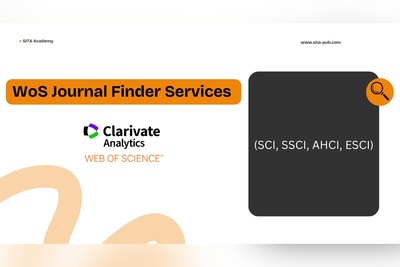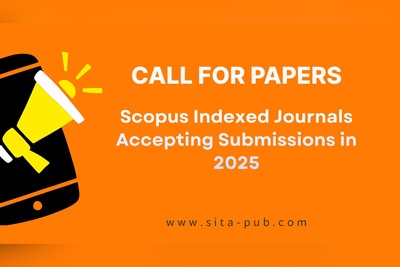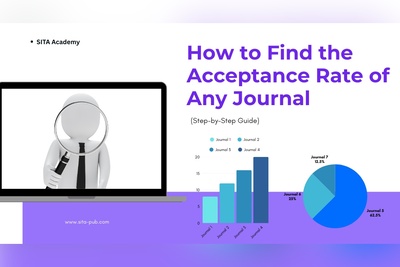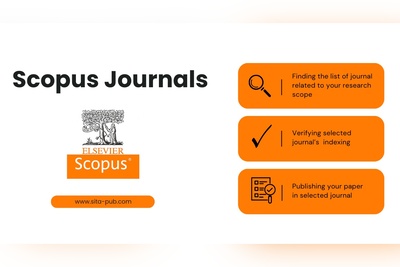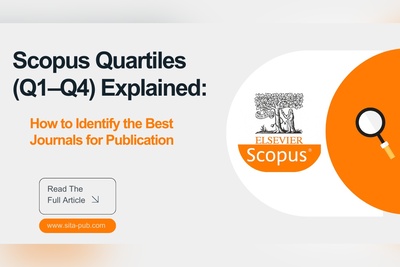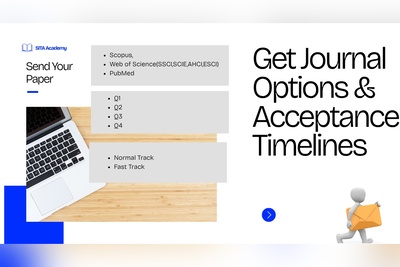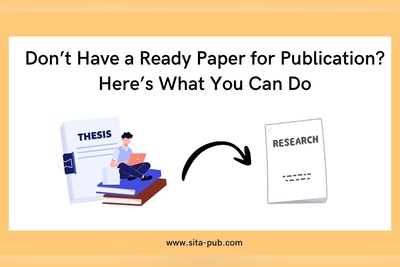Journal Response Times and Acceptance Trends You Should Know in 2025
Discover essential trends in journal response times and acceptance rates for 2025. Learn how to choose the right journal, speed up the review process, and increase your chances of acceptance with expert strategies.
- Understanding Journal Response Timelines (Scopus, ISI, PubMed)
- What Affects Journal Response Times?
- How to Check a Journal’s Response Time Before Submitting
- Can You Speed Up Journal Responses?
- Journal Acceptance Trends in 2025
- What Influences Journal Acceptance Rates?
- How to Verify a Journal’s Acceptance Rate
- Practical Tips to Improve Your Acceptance Odds
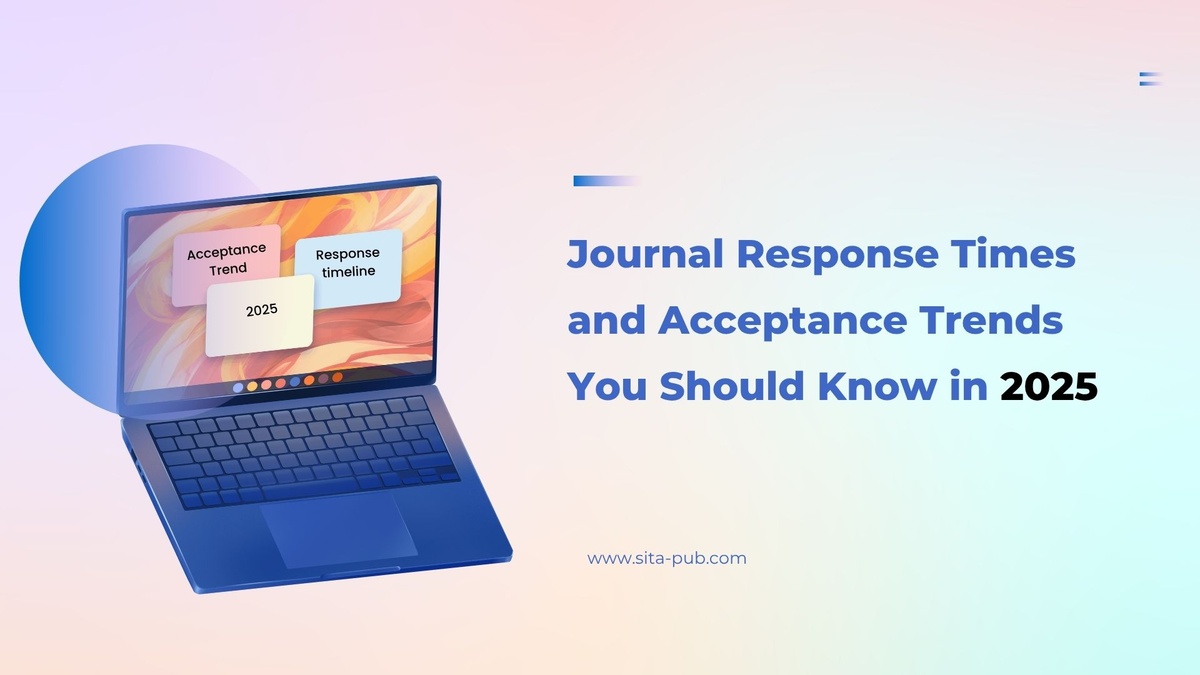
If you’re planning to publish your research paper in a Scopus, ISI (Web of Science), or PubMed indexed journal in 2025, you're likely wondering:
How long will it take to hear back from the journal?
What are my chances of getting accepted?
These questions are more critical than ever, given the increasing competition in academic publishing and the growing pressure on researchers to publish quality work in reputable journals. This detailed guide will walk you through the latest data and insights on journal response times, acceptance trends, and proven strategies to help you navigate the publishing process efficiently and successfully.
Understanding Journal Response Timelines (Scopus, ISI, PubMed)
Journal response time refers to the duration between submitting your manuscript and receiving a decision (e.g., acceptance, revision, or rejection). This period varies widely depending on the journal, field of study, and type of review process used.

Average Response Times in 2025
Journal Type | Initial Response Time | Final Decision Time |
Scopus Journals | 1–3 months | 3–6 months |
ISI Journals | 2–4 months | 4–8 months |
PubMed Journals | 1–2 months | 3–5 months |
Note: These are only averages. Depending on the journal’s workload, review structure, and editorial capacity, times may vary significantly.
What Affects Journal Response Times?
Understanding what factors influence response times can help you make informed choices:

1. Field of Research
Fast-evolving fields like artificial intelligence, biomedical engineering, and virology often have quicker turnaround times due to high activity and researcher engagement.
Fields such as philosophy, literary studies, or anthropology may experience longer delays because of a smaller reviewer pool and more subjective review processes.
2. Journal Tier and Review Type
Top-tier journals often have high submission volumes and rigorous peer review, which can slow down decisions.
Mid-tier or newer journals may offer quicker reviews, especially those that prioritize fast-track publication.
3. Reviewer Availability
Delays often occur when journals struggle to find suitable peer reviewers.
High rejection rates or reviewer fatigue also contribute to delayed responses.
4. Editorial Capacity
Journals with fewer editors or support staff often process submissions slower, especially during peak times.
5. Manuscript Quality
Submissions that are poorly formatted, off-scope, or lacking academic rigor may be rejected outright but still take time to process.
How to Check a Journal’s Response Time Before Submitting
Before you submit your manuscript, it's wise to research the journal’s typical review and decision-making timelines.
• Check the Journal’s Website
Visit the journal's "For Authors" or submission guidelines section. Many reputable publishers, like Elsevier or Springer, provide estimated timelines.
• Use Journal Finder Tools
Elsevier Journal Finder, Springer Journal Suggester, and Scopus Preview give insights into journal timelines and compatibility.
• Read Author Reviews
Sites like SciRev, Publons, and academic forums such as r/academia on Reddit contain real experiences and journal performance data.
Can You Speed Up Journal Responses?
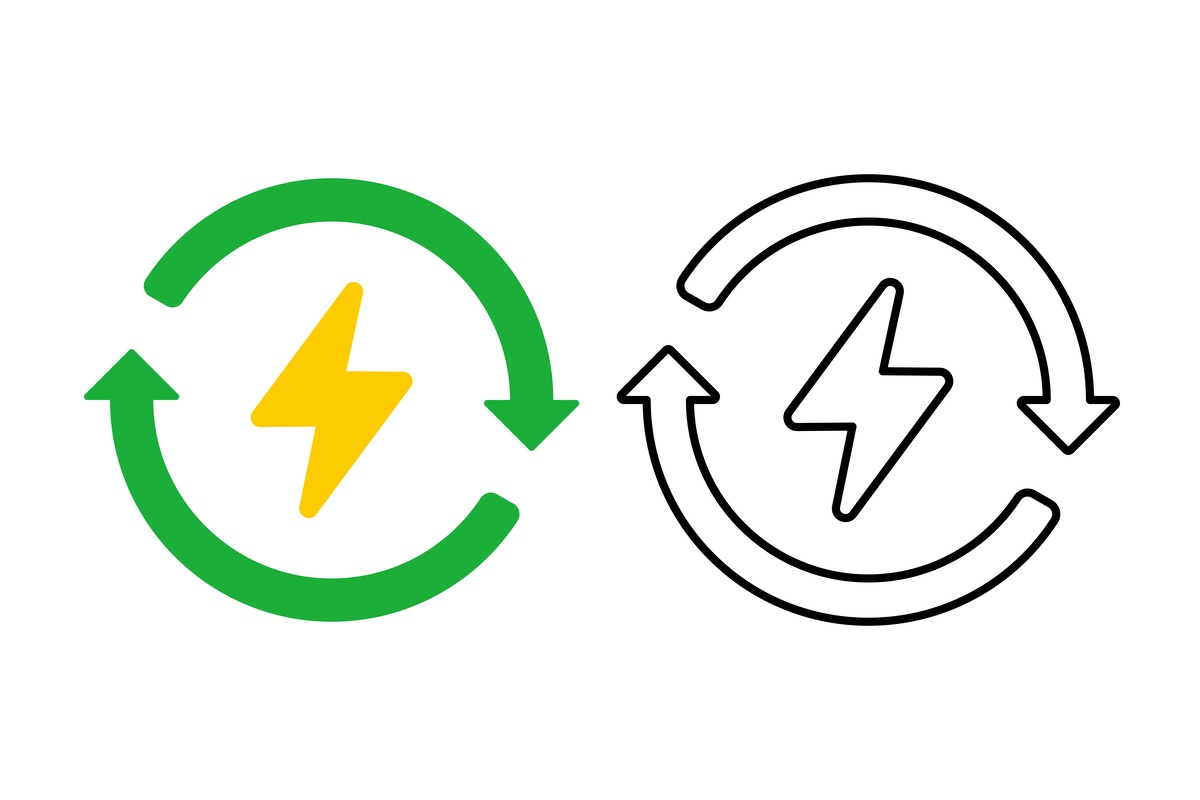
While you can't force a journal to respond faster, you can take proactive steps to improve your chances of a quicker review.
Choose Fast-Track Journals
Some open-access journals offer paid fast-track services for authors in a hurry. These services prioritize your manuscript without compromising review quality.
Submit a Clean, Well-Formatted Manuscript
Follow the journal’s author guidelines precisely. Use the correct citation style, structure, figure formatting, and metadata.
Write a Persuasive Cover Letter
Emphasize the timeliness and relevance of your research. Make a strong case for why your study matters now.
Suggest Qualified Reviewers
Journals often allow authors to suggest potential reviewers. Choose neutral experts familiar with your topic to help accelerate the review process.
Submit Outside Peak Periods
Avoid common submission rushes (e.g., right before summer breaks or the end of academic semesters).
Journal Acceptance Trends in 2025

The academic publishing ecosystem continues to evolve rapidly. Knowing what journals are currently prioritizing will help you align your strategy.
1. Decreasing Acceptance Rates in High-Impact Journals
Prestigious journals, especially those indexed in Scopus and ISI, are accepting less than 20% of submissions due to increased competition.
These journals prioritize novelty, methodological rigor, and international relevance.
2. Growth of Open Access Publishing
Many authors are turning to open-access options for faster publishing, wider visibility, and more lenient acceptance thresholds.
Some open-access journals have acceptance rates up to 40-50%, depending on the field.
3. Preference for Interdisciplinary and Collaborative Research
Journals now favor submissions that cut across disciplines, such as combining AI and public health or climate science and economics.
Collaborations across institutions and countries are also receiving more favorable reviews.
4. Tech-Enhanced Submissions
Authors using AI tools to improve clarity, accuracy, and presentation are seeing higher acceptance.
Visual abstracts, graphical summaries, and clean data presentation are gaining importance.
What Influences Journal Acceptance Rates?
Knowing what journals look for increases your chances of a favorable decision.
Scientific Rigor
Clear research objectives, robust methodology, validated data, and meaningful conclusions.
Technical Precision
High-quality formatting, consistent referencing, accurate figures and tables, and error-free language.
Scope Alignment
Your paper must match the journal's scope and readership. Misaligned submissions are often desk-rejected.
Innovation and Impact
Editors look for original ideas, new methodologies, or findings that can significantly influence the field.
How to Verify a Journal’s Acceptance Rate
While not always officially stated, acceptance rates can be estimated through the following methods:
• Publisher Transparency
Reputable publishers like Elsevier, Wiley, and Springer sometimes disclose acceptance statistics in their annual reports or journal homepages.
• Indexing Databases
Scopus, Web of Science, and other academic directories often offer metadata that hints at acceptance rates.
• Author Forums and Ratings
Sites like SciRev.org, Publons, and JournalReviewer offer real-world insights from previous submitters.
• Contacting the Editorial Office
If no data is publicly available, consider emailing the editor with a brief, polite inquiry about the journal's general acceptance trends.
Practical Tips to Improve Your Acceptance Odds
To boost your chances of getting published in 2025:
Target the right journal: Select a journal whose scope aligns perfectly with your topic and where your contribution will stand out.
Use editing services: Invest in professional language editing and formatting to meet journal standards.
Peer review before submission: Have colleagues review your manuscript to catch issues early.
Follow submission checklists: Carefully go through all journal requirements to avoid technical desk rejections.
Prepare for revisions: Respond to reviewer comments constructively and promptly. This shows professionalism and can speed up acceptance.
Final Thoughts: Strategy Over Speed
While fast response times are valuable, they should never come at the cost of quality or relevance. In 2025, journals are more selective and competitive than ever. The key to success lies in submitting a high-quality, well-targeted manuscript.
Before You Submit:
Research the journal’s review process and timeframes
Align your manuscript with current trends and expectations
Polish your work through editing, formatting, and peer feedback
Need Help With Journal Selection or Submission?
At SITA Academy, we specialize in helping researchers:
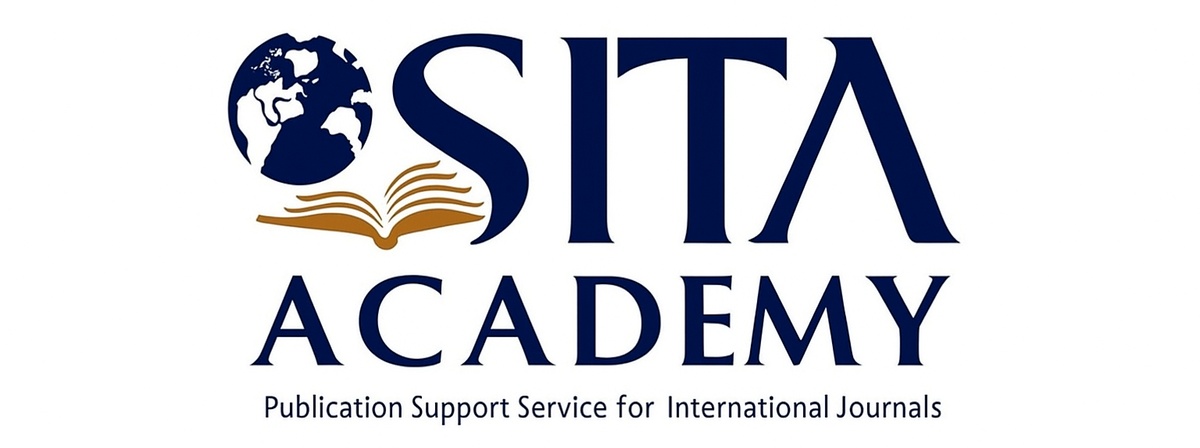
Identify the most suitable journals for their work
Prepare manuscripts to meet journal-specific guidelines
Navigate the submission process professionally
Submit your paper today for a free evaluation and personalized journal recommendations. (Contact Channels Are Available Below)
Your research deserves to be published — let us help you make it happen
Verified Contact Channels
If you have any questions, inquiries, or would like to learn more about our services, please don't hesitate to reach out to us. Our dedicated team is ready to assist you.





